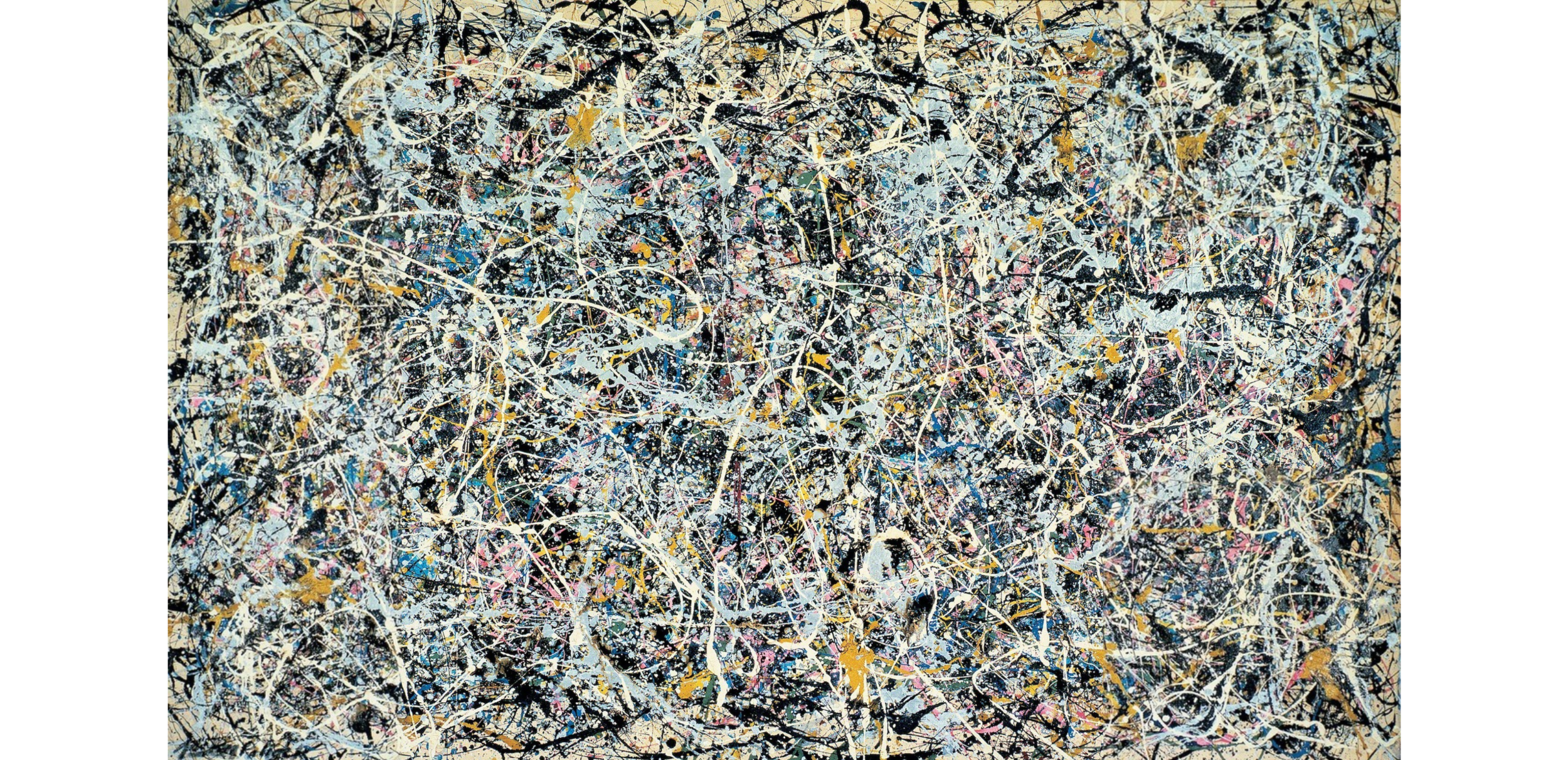The History of Line Art
Line drawing has been everywhere for the past couple of years. When you open Instagram, for example, you are almost guaranteed to see minimalist line art tattoos, illustrations, and home decor.
While the aesthetic of line art may seem inherently contemporary, it has a rich history that goes back for many centuries.
The line has been one of the most important guiding principles in all types of art since ancient Greece and Rome.
From marble sculpture to the paintings of Matisse and Picasso, to abstract line art and continuous line drawing; lines guide everything. They help the human eye make sense out of all images.
Keep reading, and we'll tell you all about the history and elements of line art.
So, what is line art?
Line art is any type of art that consists of pure lines. In other words, true line art has no shading and no definable backdrop; only an outline drawing.
Line art is often made up of black lines on a white background, but that does not have to be the case. Lines and backgrounds can be any color the artist chooses.
While "line" is a category of art, it is also one of the basic principles of design. All artwork, whether it is line art or not, has line work at its core.
Line art is infinite
Line art can come in many shapes and sizes, but there are a few basic types that are worth pointing out. Line art can be figurative or abstract.
With pretty straightforward line art illustrations, you can easily tell what the artist wanted to depict. While abstract line art can be more up to your interpretation and imagination. Beside that, a line artist might also practice continuous line drawing, which is where they create an image out of one uninterrupted line. Yep, just like what we do at Loooop Studio (remember trying this as a child? It looked misleadingly easy!).
One of the oldest form of art… ever
Line art is one of the oldest forms of art in existence, and artists continue to reinvent it to this day. Let's take a walk through its history!
Ancient History of Line Art
The first appearance of line art was so long ago, it predates civilization. That's right! The first line drawings were actually cave paintings. And it was definitely one of our ancestors' favorite ways of expression, using solid color on blank stone.
Cave-dwellers would draw pictures of animals, themselves, and other natural events that they saw. Some early cave paintings were so advanced that it took decades for historians to believe they were real.
Lascaux is famous for its Palaeolithic cave paintings and line drawings — Photo from Prof saxx
Modern Line Art
Even as civilization advanced, the importance of the line did not go away.
In the intricate sculptures of ancient Greece and Rome, it is fair to say that an awareness of line is what made them so life-like. Going still further, in the famous painting "The Creation of Adam," it seems like an invisible line connects God and Adam's fingers.
But it was during the Italian Renaissance that one of the most famous line drawings of all time was created by Leonardo Da Vinci: The Vitruvian Man.
The popularity of Leonardo Da Vinci's drawings caused line sketches to be seen as a form of art by themselves; not just a step in the design process.
The Virtruvian Man by Leonardo da Vinci — Photo from Luc Viatour
Famous Line Artists
In recent history, line work was popularized by Pablo Picasso. Picasso's "Portrait of Igor Stravinsky" was completed in the 1920s and is one of the earliest examples of line art as we know it today.
In this painting, Picasso uses nothing but black lines on a white background to depict the famous Russian composer, Stravinsky, sitting in his chair.
Portrait of Igor Stravinsky by Pablo Picasso
In the 1940s and 1950s, famous abstract expressionist Jackson Pollock made a different style of line art. Pollock's work involved dripping different colors of paint onto a canvas, creating a dense, multicolored mess of lines.
Number 1 by Jackson Pollock — © 2012 Artists Rights Society
In the early 1950s, Andy Warhol used line art extensively throughout his work. He would make use of repetition, endless variations and vibrant color to bring his line drawing, such as the famous "Shoe with Stamped Cherries" to life.
A little later in the twentieth century, Keith Haring made a splash with his very recognizable urban graffiti style made of distinctive cartoon-like figures, bright colors and thick black lines executed in marker ink or acrylic paint.
Keith Haring — Photo from Rob Bogaerts
In the early 2000s, many popular computer-based flash games used a stick figure line art style and it is also one of the most popular ways to make fan art for various television, movie, or book characters.
In 2012, Don Hertzfeldt's acclaimed animated film, "It's Such a Beautiful Day" is a great example of how very simple line animation can be used to evoke strong emotions.
Line artwork is still being developed to this day. It is a popular art style for brands and advertisers who use it to convey messages in a timeless universal way and to stay in touch with modern aesthetics.
Hermès Parfum by Loooop Studio
And it is only the beginning
You got it, line art has a long rich history and is likely to stay popular for years to come. Its pure, stripped-back nature makes it a wonderful tool to convey ideas, stories and even emotions in a universal, timeless way.







